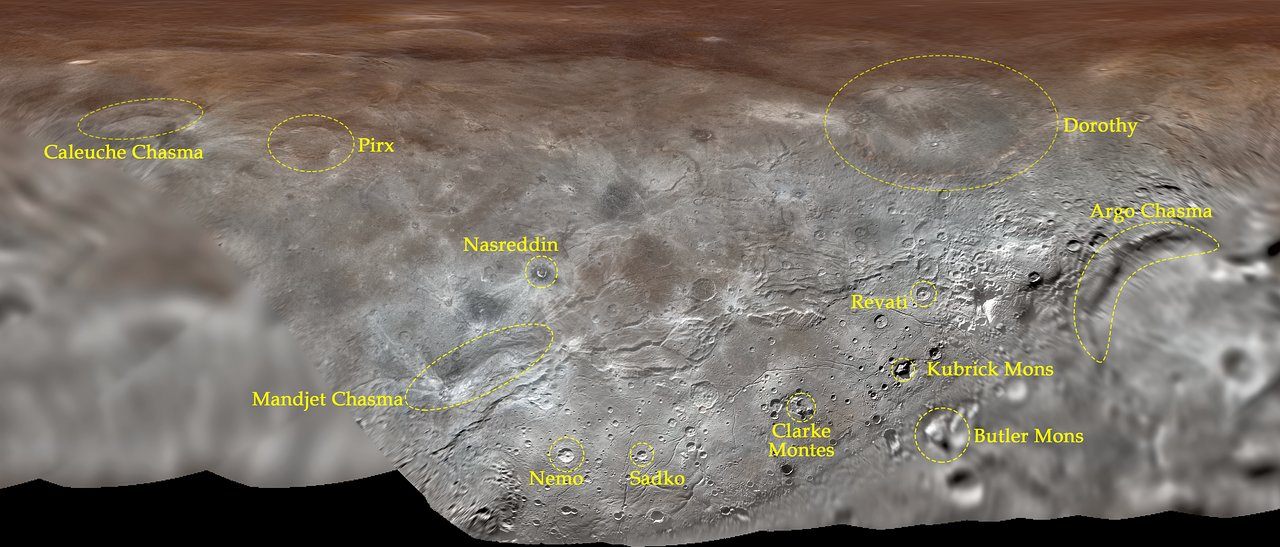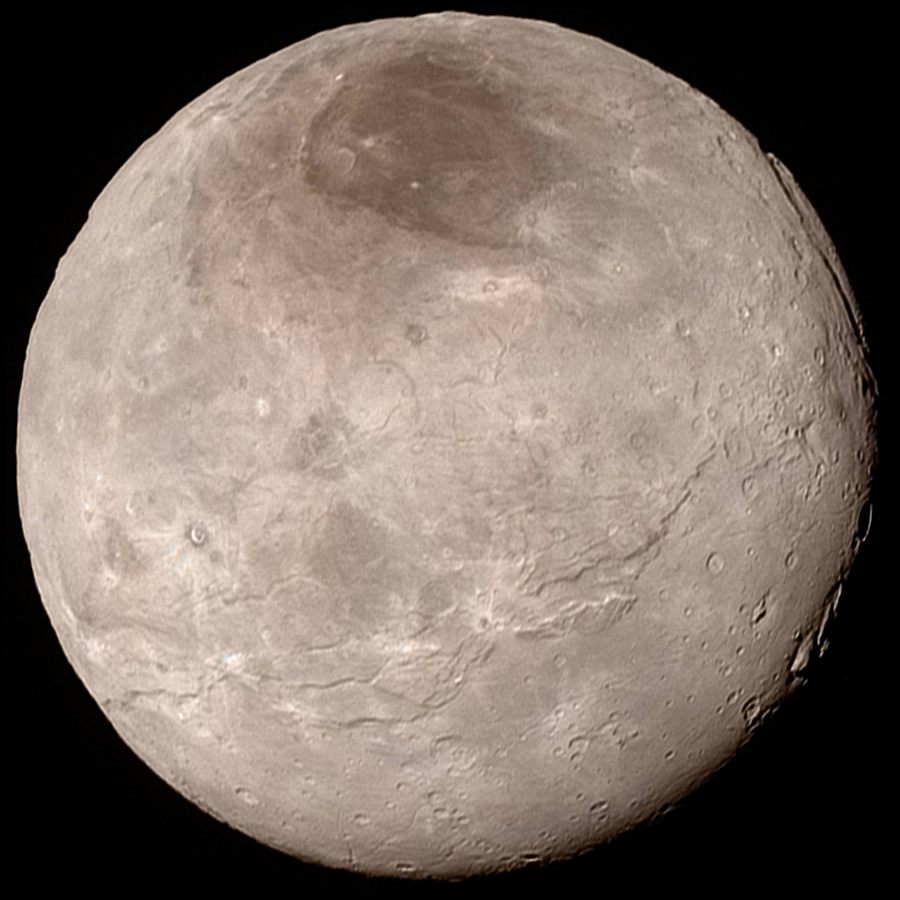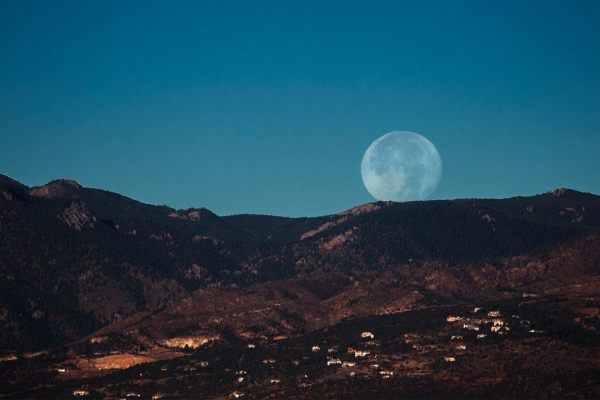There’s Now a Space Mountain Named for Octavia Butler
It’s on Pluto’s moon, Charon, which also boasts landscape features that honor Stanley Kubrick and Dorothy Gale.

In the classic fantasy novel The Wonderful Wizard of Oz, it takes Dorothy Gale just a few clicks of her heels to get from the Land of Oz all the way back to her home in Kansas. If Dorothy wanted to visit the crater that has been newly named after her, though, she’d have to travel a bit longer. On its closest day, Dorothy Crater is located over 2.6 billion miles away from Earth, on the surface of Charon, one of Pluto’s moons.
It’s one of a dozen features of Charon’s surface recently granted official names by the International Astronomical Union’s Working Group for Planetary System Nomenclature. The features, which include craters, canyons, and mountains, were first spotted by the New Horizons space probe, which flew by Pluto and its moons in 2015.
In 2017, the New Horizons team began accepting name suggestions for Charon’s landscape under a few different themes, including “fictional and mythological vessels,” “fictional and mythological voyagers,” and “authors and artists associated with space exploration.” (The moon itself is named after the ferryman who, according to Greek legend, rowed souls across the River Styx and into the underworld.)

The first batch of results has come in, and the surface of Charon is now a who’s-who of explorers that spans cultures, time periods, fiction and reality. Go west from Dorothy Crater, and you’ll hit Nasreddin Crater, named for a trickster folk hero whose exploits are known throughout the Middle East.
Then you’ll come to Pirx Crater, christened after a fictional spaceship pilot invented by Polish author Stanislaw Lem. Next is Caleuche Chasma, a canyon that shares a name with a mythological ghost ship that sails off the coast of Chile.
Some features honor real people—there’s Butler Mons, named for the science-fiction author Octavia Butler, and Kubrick Mons, for the filmmaker Stanley Kubrick. Arthur C. Clarke—who wrote 2001: A Space Odyssey, among other classics—gets a whole mountain range, called Clark Montes. (You can find a full list of the names, and their inspirations, here.)
“The New Horizons team had been using many of the chosen names informally,” the release explains, but the International Astronomical Union’s working group has finally made them official. Charon’s pretty far away, but adventurers like these can’t be too surprised about where they ended up.









Follow us on Twitter to get the latest on the world's hidden wonders.
Like us on Facebook to get the latest on the world's hidden wonders.
Follow us on Twitter Like us on Facebook